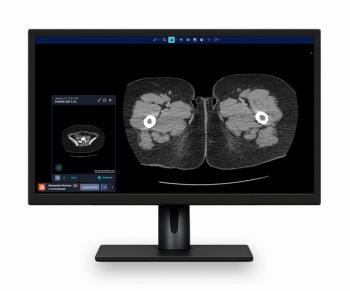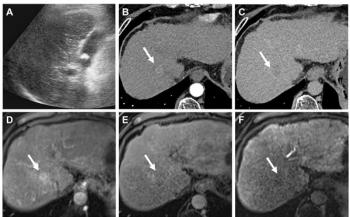
Iodinated Contrast Media: 15 Recommendations for Addressing the Shortage
Given the challenges with the shortage of the iodinated contrast agent Omnipaque, national and state organizations have issued suggested risk mitigation and conservation strategies to reprioritize imaging needs during this temporary shortage.
The ongoing global shortage of iodinated contrast media has prompted state and national organizations to issue guidance advisories as well as suggested risk mitigation strategies to help ensure optimal medical imaging while managing limited supplies of iodinated contrast media typically used in computed tomography (CT).
Here are the top 15 recommendations to help preserve supply during the shortage:
1. Reassess scanning protocols to scan without contrast when appropriate and adjust injection protocols to reduce contrast dosing amounts.1
2. Evaluate the amount of on-hand inventory of Omnipaque (GE Healthcare) and reassess plans for obtaining additional product.2
3. When it comes to orders for intravenous (IV) contrast imaging, consider alternative imaging options whenever possible.2
4. Refer to the
5. Reserve IV contrast for essential urgent and emergent imaging/procedures.2
6. Reserve higher concentration (mg iodine/ml) agents for angiographic and multi-phase studies that require optimal vascular visualization.3
7. Collaborate with emergency department physicians, cardiologists and other physicians who order imaging to reassess and adjust imaging protocols to ensure appropriate use of contrast media.1
8. Raise awareness of wasted contrast media with computed tomography (CT), X-ray, interventional and catheterization lab technologists, and identify opportunities for conservation.1
9. When feasible, use non-contrast CT for ambulatory patients in order to conserve contrast for trauma and stroke patients presenting to emergency rooms.2
10. Consider alternative contrast agents that may be marketed with different brand names or intended clinical use.3
11. For oral opacification in CT and positron emission tomography (PET)/CT, consider barium-based products or alternative iodine-based agents.3
12. For radiologists who have access to a higher volume of single-use vials of contrast agents, check with your facility’s pharmacy to see if there are options for repackaging vials in smaller aliquot amounts to help reduce waste.3
13. Reduce waste by minimizing the use of individual doses of contrast agents. Alternative options include: the use of weight-based dosing for CT exams in available aliquots and vial sizes; combining reduced dosing with low kVp protocols that bolster contrast conspicuity; combining reduce dosing with dual-energy protocol studies (where available) to improve contrast conspicuity.3
14. When it comes to genitourinary, rectal, and oral administration, employ alternative agents to nonionic contrast, such as iothalamate meglumine or diatrizoate.3
15. Consider other vendors/suppliers for contrast agents.3
References
- Greater New York Hospital Association (GNYHA). GE contrast media shortage and conservation strategies. Available at:
https://www.gnyha.org/news/ge-contrast-media-shortage-and-conservation-strategies/ . Published May 4, 2022. Accessed May 11, 2022. - Alabama Board of Medical Examiners and Medical Licensure Commission. Temporary shortage of contrast media. Available at:
https://www.albme.gov/press-release/temporary-shortage-of-contrast-media . Accessed May 11, 2022. - American College of Radiology. Statement from the ACR Committee on drugs and contrast media. Available at:
https://www.acr.org/Advocacy-and-Economics/ACR-Position-Statements/Contrast-Media-Shortage . Published May 6, 2022. Accessed May 11, 2022.
Newsletter
Stay at the forefront of radiology with the Diagnostic Imaging newsletter, delivering the latest news, clinical insights, and imaging advancements for today’s radiologists.




























